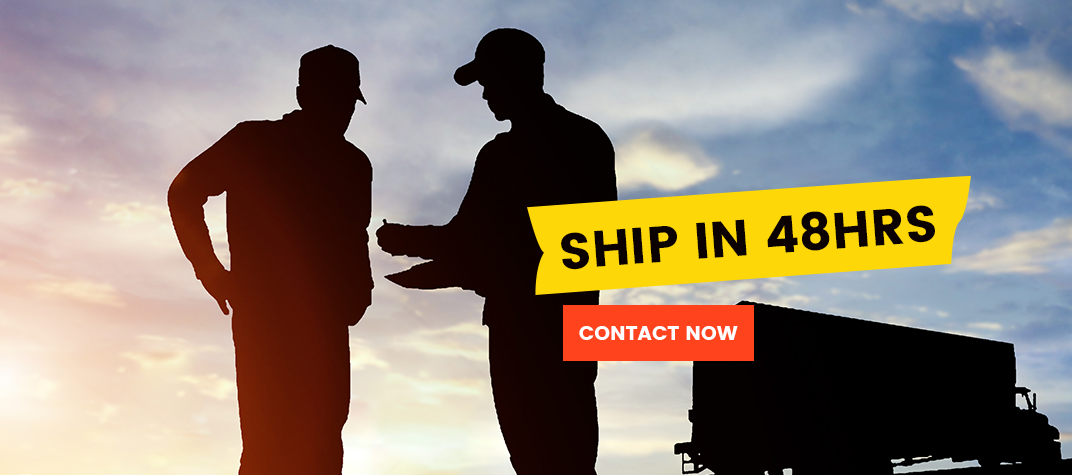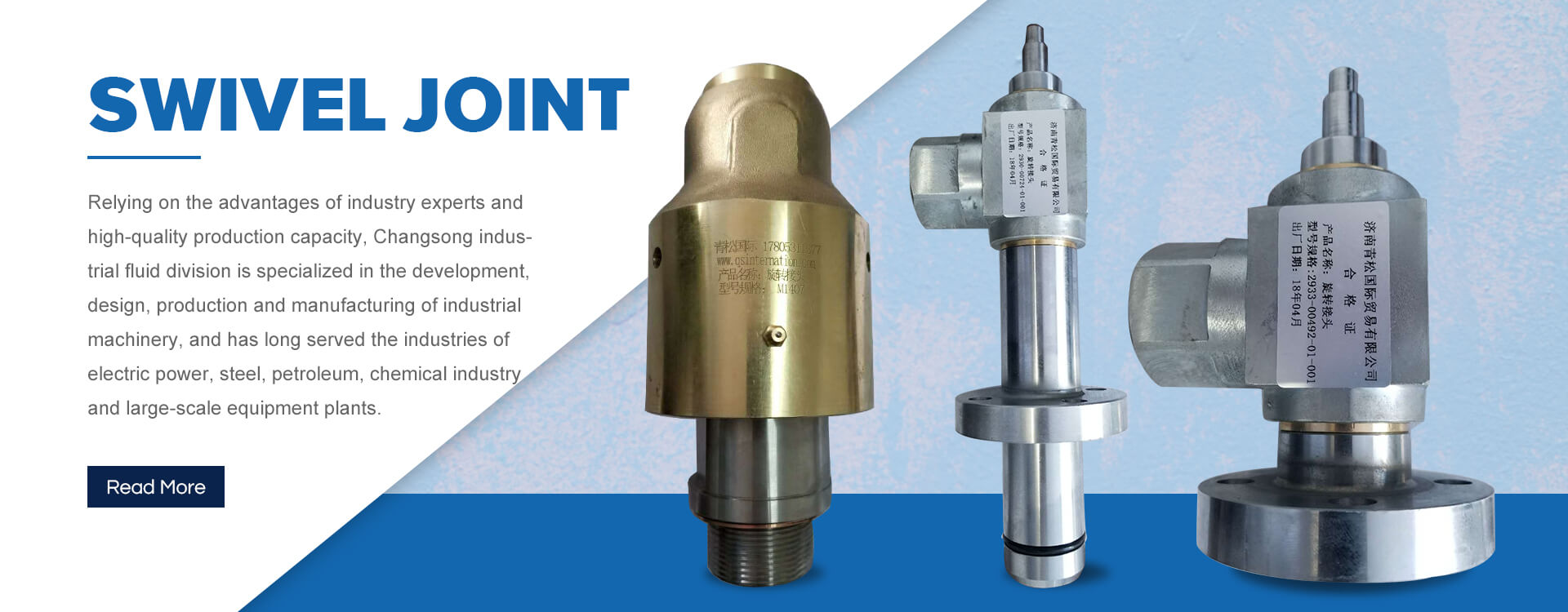Pressure control valves are mechanical devices that are used to control the pressure of fluids or gases in a system. They are often used to maintain a desired pressure level in a system, or to prevent the pressure from exceeding a certain level.
There are many different types of pressure control valves available, including relief valves, pressure reducing valves, pressure sustaining valves, and more. Each type of valve has its own unique characteristics and is suited to specific applications. Pressure control valves can be made from a variety of materials, including metal, plastic, and rubber, and may be sealed with various types of seals to prevent leakage.
Pressure control valves are used in a variety of industries, including oil and gas, water treatment, and chemical processing. They are an important component of many systems and are designed to operate reliably under a range of conditions. The specific design and materials used in a pressure control valve will depend on the intended application and the operating conditions it will encounter.
Pressure Relief Valves
Most pneumatic and hydraulic power systems are designed to operate within a defined pressure range. This range is a function of the forces that must be generated by the actuators in the system to perform the required work. If these forces are not controlled, power components and expensive equipment can be damaged. Safety valves avoid this danger. They are safeguards that limit the maximum pressure in a system by diverting excess gas if the pressure becomes too high. The pressure at which a safety valve first opens to allow fluid to flow through is called the opening pressure. When the valve bypasses its full rated flow, it is at full flow pressure. The difference between the full flow pressure and the opening pressure is sometimes called the pressure differential or pressure override.
In some cases, this pressure override is not objectionable. It can be a disadvantage if the gas lost through the valve before the maximum setting is reached wastes power. This can allow the maximum system pressure to exceed the ratings of other components.
For more information on the application and maintenance of hydraulic valves, please click here.
For more information on how to repair hydraulic valves, please click here.
Sequence Valves
In circuits with multiple actuators, it may be necessary to move the actuators in a defined sequence or order. Limit switches, timers, or other digital control devices used in conjunction with sequence valves can do this. Sequence valves are normally closed, two-way valves that regulate the order in which various functions occur in a circuit. They are similar to direct-acting relief valves, except that their spring-loaded chambers typically discharge externally, rather than internally to the outlet port, as in the case of relief valves. Sequence valves allow pressurized gas and fluid to flow to the second function only after the priority function has been completed and satisfied first. When closed, the sequence valve allows gas to flow freely into the main circuit to perform its first function until the valve's pressure setting is reached.
The desired sequencing can also be achieved by sizing the cylinders according to the load they must displace. The cylinders that require minimum pressure to move are extended first. At the end of its stroke, the system pressure increases and extends the second cylinder, and so on. In many applications, space constraints and force requirements will dictate cylinder sizing. In these cases, sequence valves are used to actuate the cylinders in the required sequence. Sequence valves sometimes have check valves that allow reverse flow from the secondary circuit to the primary circuit. However, sequencing action is provided only when flow is from the primary to the secondary circuit. In some applications, interlocking can prevent sequencing from occurring until the primary actuator reaches a certain position. This is accomplished by remote operation.
Pressure Reducing Valves
The most practical component for maintaining lower pressures in a pneumatic system is the pressure reducing valve. Pressure reducing valves are usually open bi-directional valves that close when subjected to sufficient downstream pressure.
There are subcategories of pressure reducing valves: direct-acting and pilot-operated. Direct-acting valves are pressure reducing valves that limit the maximum pressure available in the secondary circuit, regardless of pressure changes in the primary circuit. This assumes that the work load will not produce a return flow to the pressure reducing valve port, in which case the valve will close. The pressure sensing signal comes from the secondary circuit. The valve operates in reverse to the relief valve because they are normally closed and sense the pressure from the inlet. When the outlet pressure reaches the valve setting, the valve closes and only a small amount of gas flows out of the low pressure side of the valve, usually through an orifice in the spool. The spool in a pilot-operated pressure reducing valve is hydraulically balanced by downstream pressure at both ends. The pilot valve releases enough gas to position the spool so that the flow through the main valve is equal to the requirements of the pressure-reducing circuit.
If flow is not required during the cycle, the main valve closes. The high pressure gas leaks into the reduced pressure portion of the valve and is then returned to the tank via a pilot operated relief valve. This type of valve typically has a wider range of spring adjustment and provides better repeatability than direct-acting valves. However, in hydraulic applications, oil contamination can block the flow to the pilot valve, causing the main valve to fail to close properly. It is then returned to the tank through the pilot relief valve. This type of valve typically has a wider range of spring adjustment and provides better repeatability than direct-acting valves. However, in hydraulic applications, oil contamination can block the flow to the pilot valve, causing the main valve to fail to close properly. It is then returned to the tank through the pilot relief valve. This type of valve typically has a wider range of spring adjustment and provides better repeatability than direct-acting valves. However, in hydraulic applications, oil contamination can block the flow to the pilot valve, causing the main valve to fail to close properly.
Counterbalance Valves
These valves are typically closed and are often used to hold set pressure in a portion of a circuit, usually to balance weight. The style of the valve is ideal for balancing external forces or counteracting pressure (such as a press) to prevent it from falling free. The primary port of the valve is connected to the rod end of the cylinder and the secondary port is connected to the directional control valve. The pressure is set slightly higher than the pressure needed to prevent the load from falling freely. As pressurized fluid flows to the cylinder head end, the cylinder extends and increases the pressure at the rod end and moves the main spool in the valve. This creates a path that allows fluid to flow through the auxiliary port to the directional control valve and tank.
As the load increases, the integral check valve opens to allow the cylinder to retract freely. If cylinder back pressure needs to be relieved to increase the force at the bottom of the stroke, the counterbalance valve can be operated remotely. When the cylinder is extended, the valve must be open and its auxiliary port connected to the reservoir. When the cylinder is retracted, it is not important to feel load pressure in the discharge passage because the check valve bypasses the spool of the valve.

With our excellent administration, strong technical capability and strict excellent control method, we carry on to offer our clients with responsible good quality, reasonable costs and great companies.We intention at becoming considered one of your most responsible partners and earning your pleasure for Pressure Control Valves.Our company is working by the operation principle of "integrity-based, cooperation created, people oriented, win-win cooperation"We hope we can have a friendly relationship with businessman from all over the world.The product will supply to all over the world, such as Iceland ,Belize ,Bhutan ,São Tomé and Príncipe ,Tokelau .Our company is not only your partner in business, but also our company is your assistant in the coming corporation.We believe in establishing healthy customer relationships and positive interaction for business.We always follow that quality is foundation while service is guarantee to meet all customers.When you are keen on any of our goods following you view our product list, be sure to feel free to make contact with us for inquiries.Together with our all over the world have branches and partners to develop new business areas, maximum common values.We have to continue to uphold the "quality, comprehensive, efficient" business philosophy of "honest, responsible, innovative"spirit of service, abide by the contract and abide by reputation, first-class products and improve service welcome overseas customers patrons.









